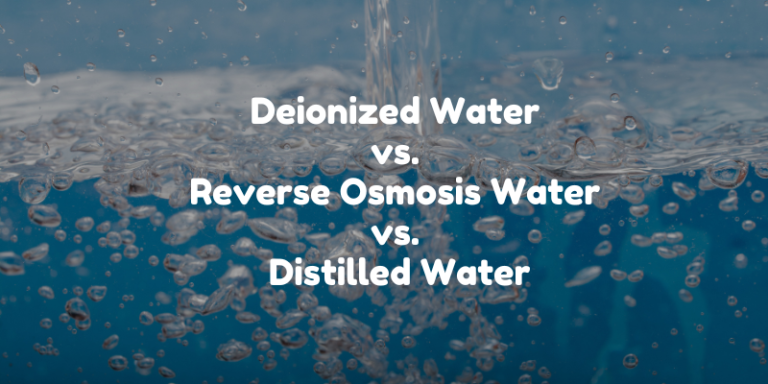Examples of QRM in Thermal Validation
Autoclave Validation Risk: Uneven temperature distribution could lead to incomplete sterilization. QRM Application: Conduct risk assessments for load configurations and identify critical spots for temperature sensors to ensure uniform heat distribution. Cold Chain Validation Risk: Temperature excursions during storage or transport might compromise product quality. QRM Application: Use risk-based mapping to monitor high-risk areas (e.g.,…








